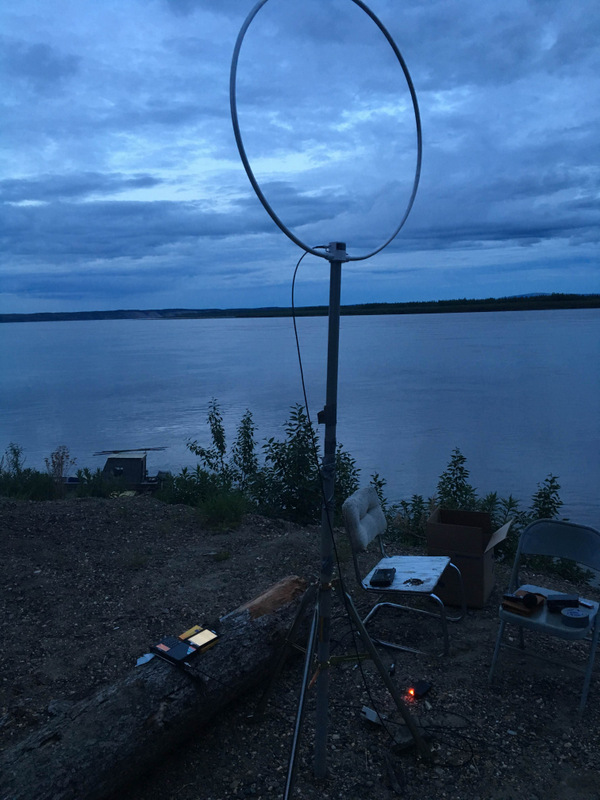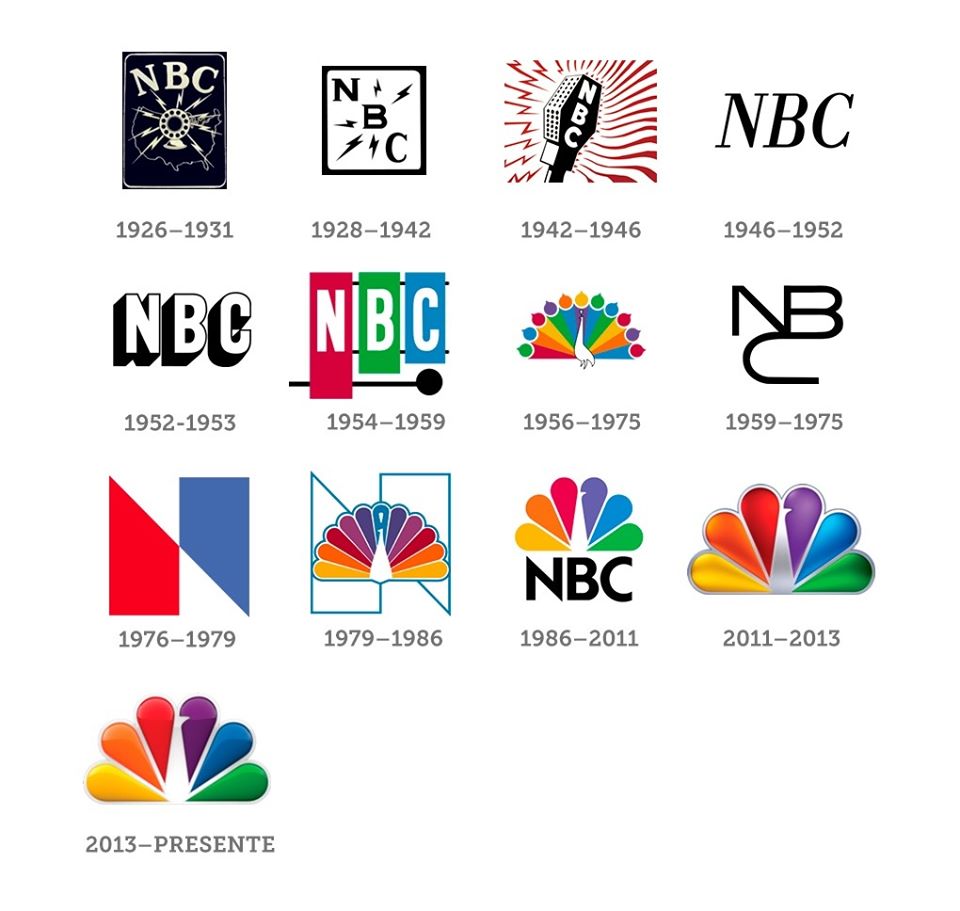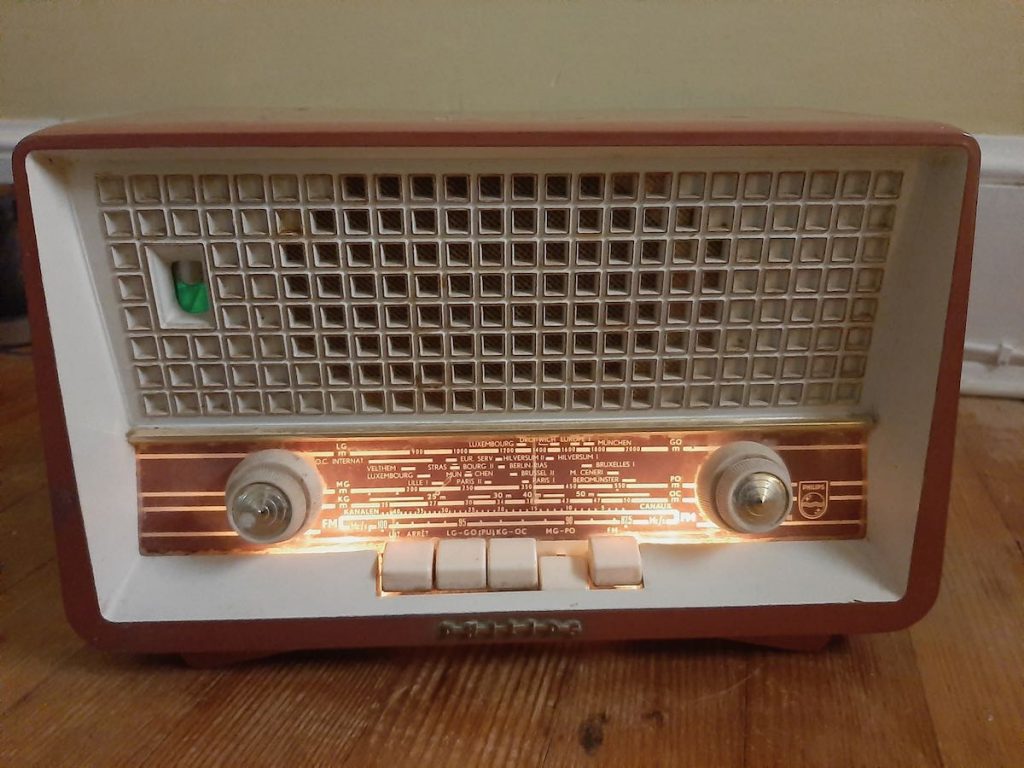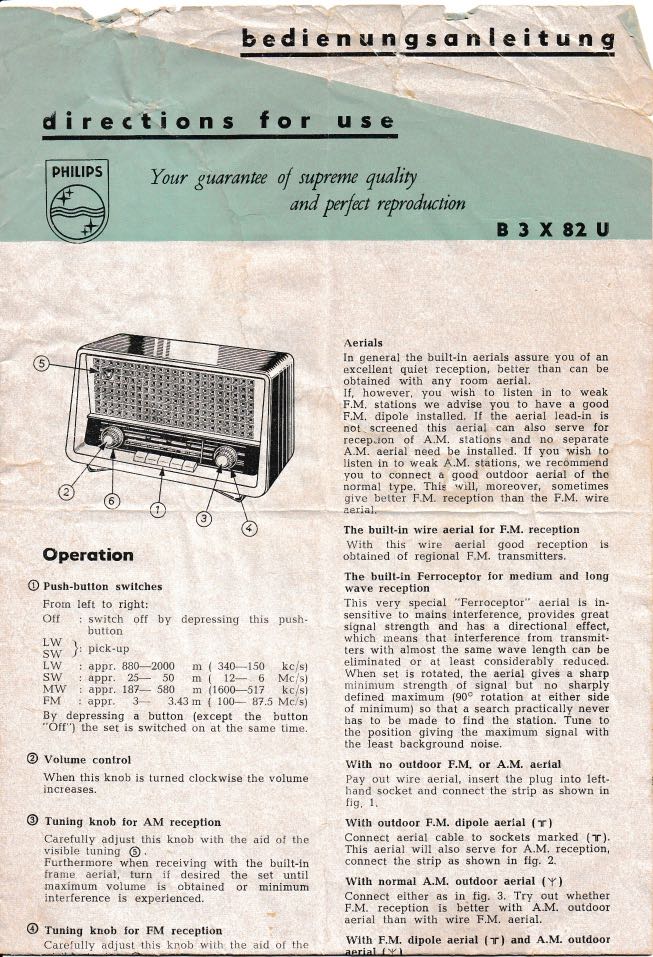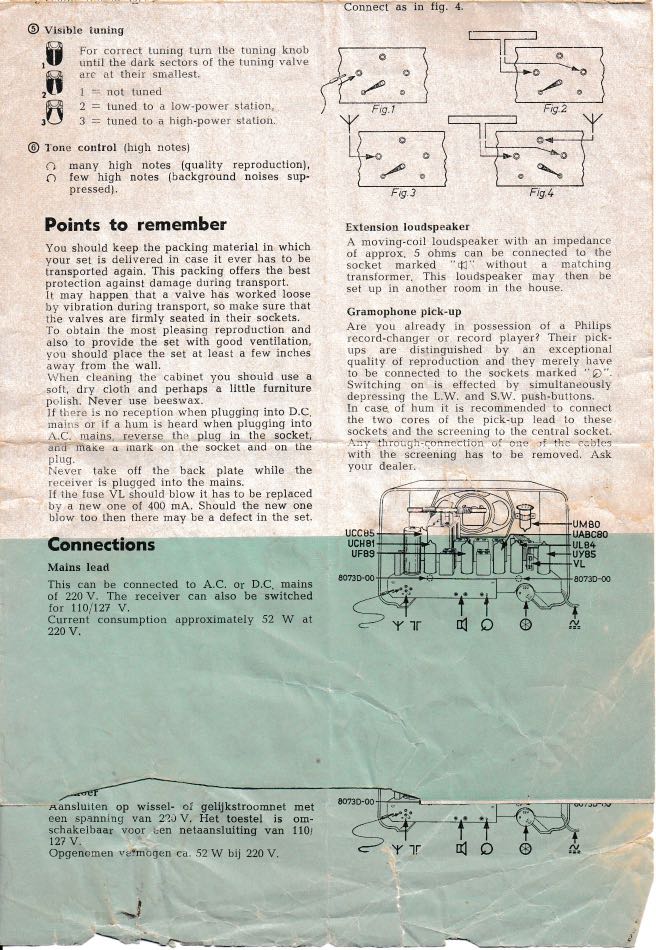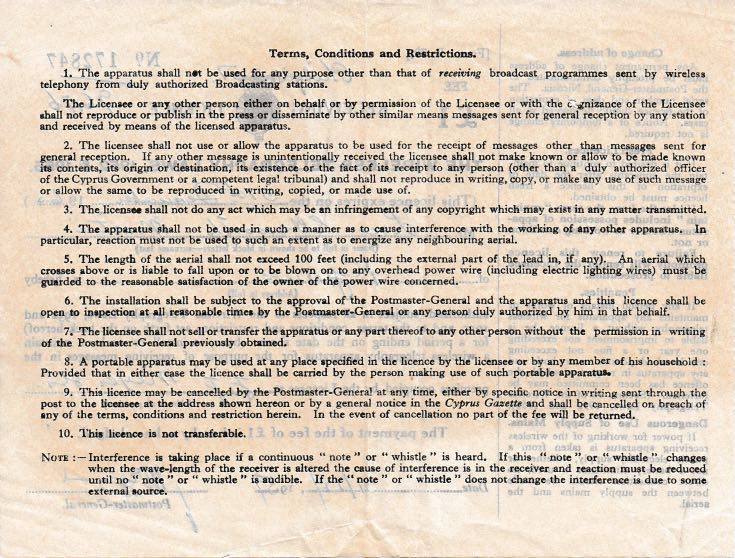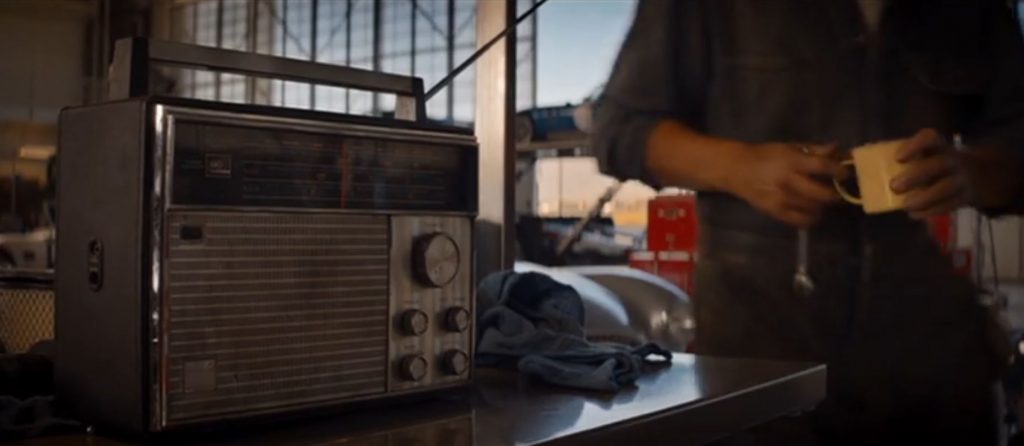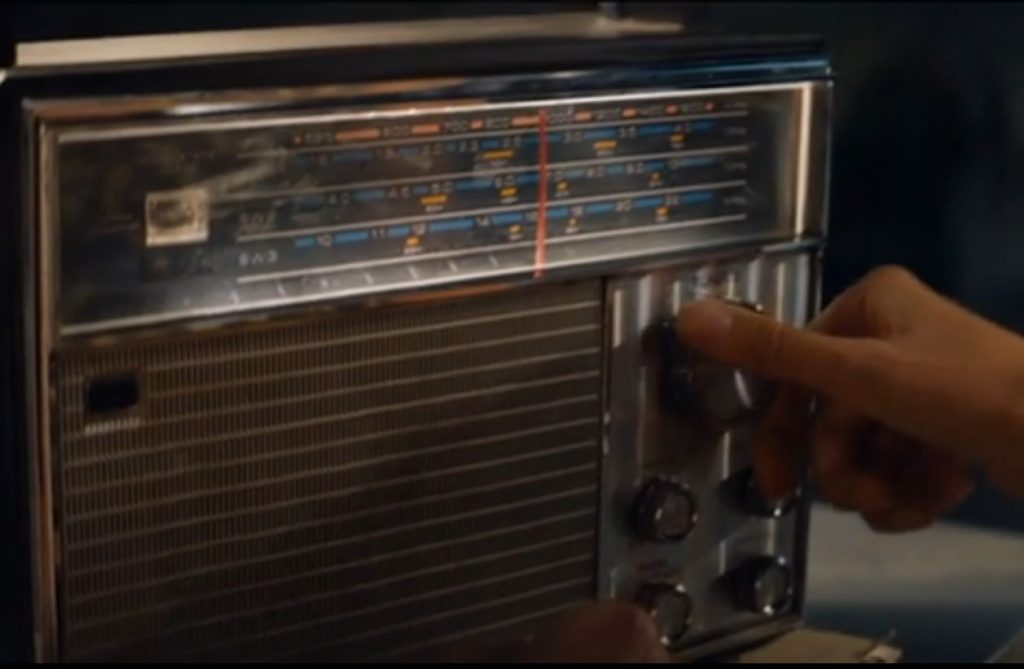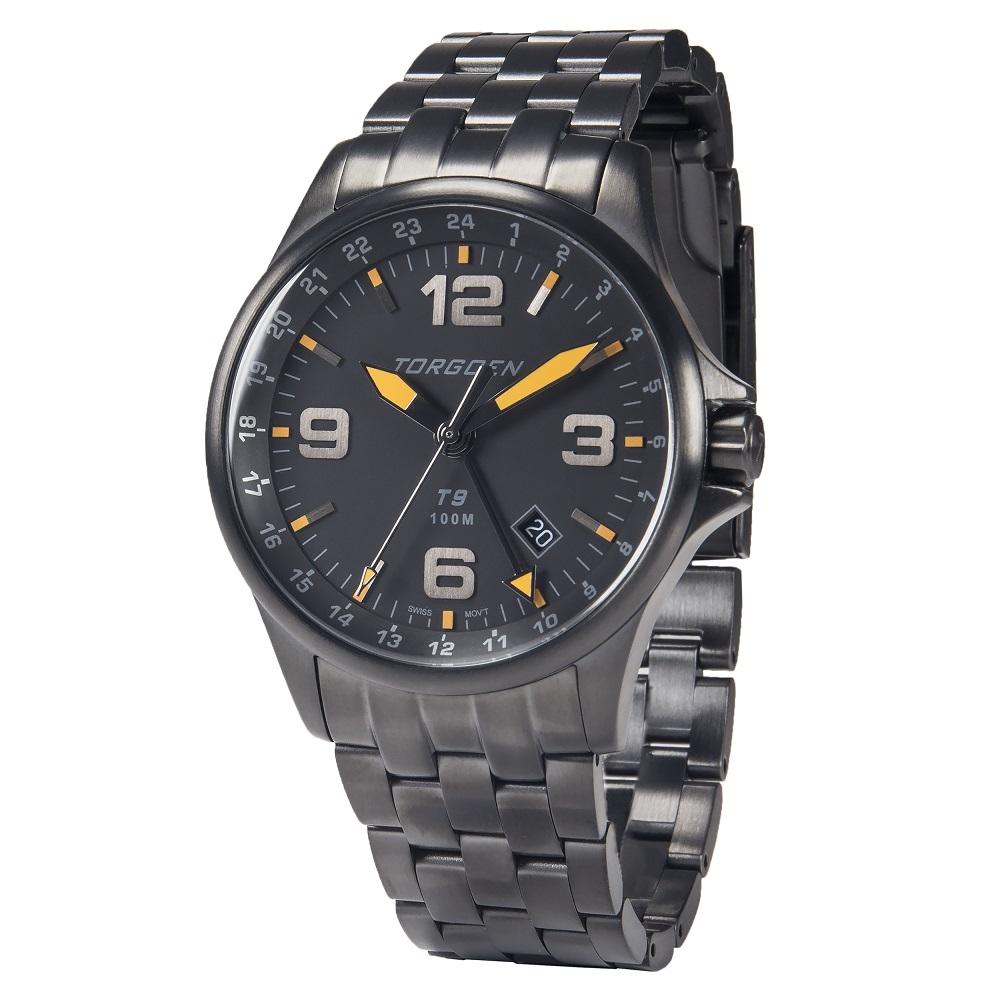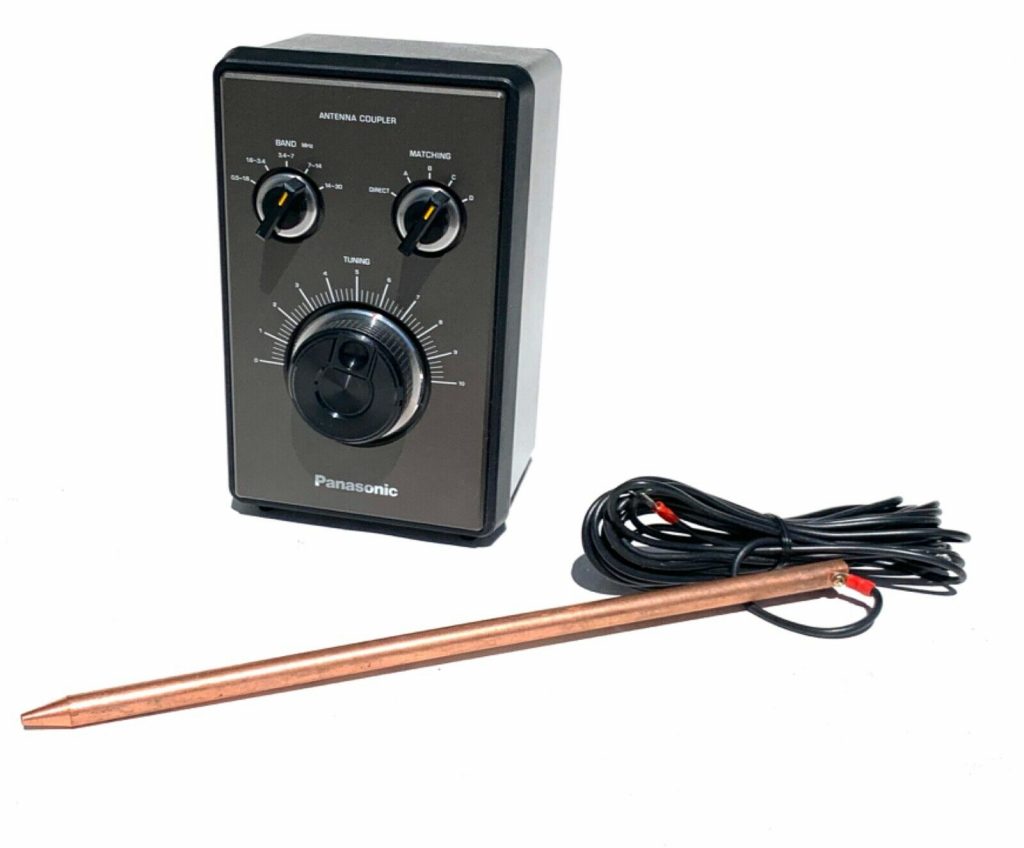Many thanks to SWLing Post contributor, Pete Jernakoff, who writes:
[…]I’m hopeful that one of your readers might be able to suggest a solution to my problem.
I have an older Wellbrook Communications active loop antenna that is powered by a 12 v AC-to-DC, center pin negative, plug-in power supply (Stancor AC Adapter, was supplied with the antenna).
I’d like to power the antenna from a rechargeable battery in order to make the antenna portable and to eliminate any noise that might be emanating from said power supply (which, as an aside, runs very warm when in operation).
My problem is that I cannot find any rechargeable batteries (lithium ion preferred) with a center pin negative output. All of the ones that I can find online have center pin positive outputs (such as the TalentCell 12V/6000mAh rechargeable battery that I’ve purchased to power my other, more recently produced, Wellbrook Communications active loop antenna whose amp needs a center pin *positive* input).
Thanks in advance for consideration of my request. Btw, love your blog! I’ve been an avid reader of it for quite some time now.
Post readers: If you have any suggestions for Pete, please comment with any relevant links to help him make the purchase. I’m guessing Pete isn’t interested in re-soldering a coaxial plug for negative tip polarity at this point.
By the way, I used a photo of Paul Walker’s Wellbrook at the top of this post because I recall that when he lived in Alaska, he powered his Wellbrook loop with a rechargeable pack (and during the winter, I also recall he struggled to keep it warm enough to provide power for any length of time!). Perhaps Paul can comment.
I’m so glad you enjoy the SWLing Post, Pete!

